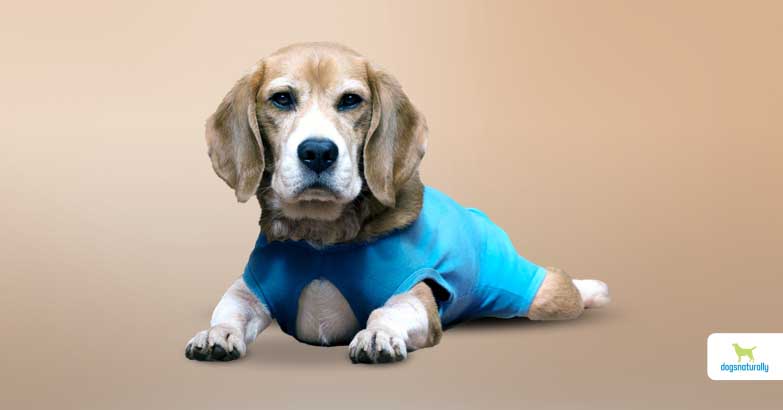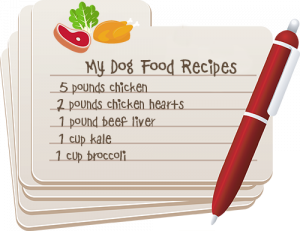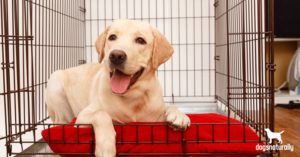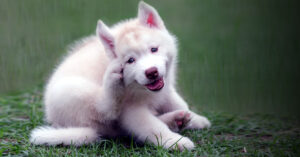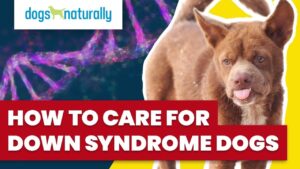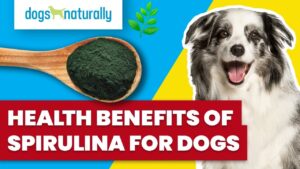If you’ve ever owned a dog, you’re most likely familiar with the Elizabethan Collar or Cone for dogs.
What Is The Cone?
The cone is a non-pharmaceutical device that was created to help shorten healing time in pets. It’s been widely accepted by veterinarians and pet parents as the traditional preventive measure taken after surgery, despite the short-term inconvenience it can cause some animals. It’s used to limit self-inflicted trauma by restricting pets from licking and biting sutures after neuters and spays; along with protecting their heads from being scratched post-surgery; or to allow skin irritations like rashes to heal.
Named after the lace collars or ruffs that were worn during the reign of Queen Elizabeth I, references to the use of the cone date back as early as 1897, however the plastic cone as we know it was developed in 1962 by Frank L. Johnson in the United States.
Early Elizabethan collars were made of wood, leather or steel … even buckets!
Do Cones Work?
Although some may use the term cone of shame … there’s no shame involved. In many situations, the Elizabethan-Collar or cone is needed. It’s one of the only means to avoid excess biting and licking, which can create inflammation leading to secondary infection and suture removal. A properly fitted cone should extend past the muzzle of your dog, and fit snugly around his neck.
There’s controversy about whether an animal’s saliva speeds up healing. In small amounts its enzymes are known to help destroy cell walls of dangerous bacteria, delivering protease inhibitors and growth factors that promote wound healing. So holistic vets will often say that licking wounds isn’t harmful. However, other vets maintain that after just a few licks it can become detrimental. What’s more, pets’ tongues contain little spines called papillae, which can destroy healing tissues when licked, slowing recovery. And persistent licking can become chronic and lead to chewing and nibbling that can damage stitches or cause secondary infection.”
When Are Cones Used?
It’s important to understand when to use the cone, or, in some situations, an alternative or companion garment to help keep your best friend stress-free as he heals. The cone is used to put an end to the itch-lick cycle and should be used:
Post-Surgery
Used clinically after most trunk related surgeries or injuries for a certain amount of time. Some examples of when the cone can be used are after …
- Obstruction surgery
- Cancer tumor or lump removals
- Extremity surgeries
- Spay or neuter
Your vet will advise you when to use a cone after your dog’s surgery. The cone should stay on until the site is fully healed and sutures have been removed, so ask your vet when the cone can come off. A typical recovery time for your dog’s wounds to heal completely is from 10 to 14 days, but in some cases it may take less or more time than that.
Irritations
The cone is often clinically used to protect sores, hot spots, ECG recording equipment, skin irritations, allergic reactions, bug bites or scratching of the head.
But…the burning question is …
Do Dogs Enjoy The Cone?
Many dogs (and their owners) dislike cones. A 2020 study at the Sydney School of Veterinary Science, illustrated the impact of the cone on pets’ quality of life. The study concluded that 77% of owners (334 out of 434) felt that their pets’ quality of life was affected. This was related to one or all of the Five Domains Framework: Nutrition, Environment, Health, Behaviour and Mental State. The researchers surveyed owners whose pets had worn a cone during the previous 12 months.
Owners reported that while their dog wore the cone, it was associated with:
- Difficulty trying to eat and drink, requiring assistance. (60.2%)
- Navigating and movement was inhibited (10.4%)
- The cone helped promote health (25%) but also saw a risk of injury/skin irritation (61.1%)
- Attributed injury related to itching/irritation and (23.9%) included head trauma due to bumping into walls, objects, falling downstairs and psychological distress.
- Restriction of several behaviors including positive states such as play.
- Stress and depressed mood.
How To Combat Cone Distress:
If your dog experiences anxiety, is jumpy or doesn’t do well with people, or is bumping into or rubbing up against unknown objects, it’s probably best to look for a more natural alternative instead of the cone while your pet recovers. Ask your vet if alternatives to the cone are right for your dog.
What Is Medical Protective Clothing?
Medical protective clothing is a pet-friendly alternative or companion to the cone. Medical clothing is clinically used by veterinarians after procedures instead of the cone, to create a stress-free recovery for your dog.
Some common scenarios where medical protective apparel would be used in a clinic setting are after …
- Obstruction surgeries
- Wart, lump or tumor removal
- Spay or neuter
- Any trunk related wounds or surgeries
… and to prevent licking of skin irritations, bug bites and allergies.
Medical protective clothing can also be used to stop the itch-lick cycle when your dog’s suffering from sores and wounds. This option provides worry-free protection, freedom of movement and comfort as your pet recovers.
The surgical garment can also be useful as an alternative to the cone for pets who suffer from neurological muscle twitching like tumors that cause head tremors, instead of bumping into walls as they tend to in a cone. The same goes for dogs with cataracts or partial blindness, who may have a distorted perception of space and distance that make the cone difficult.
Medical clothing can also be coupled with other more sterile, post-surgery recovery dressings to eliminate direct contact with external bacteria that can increase the risk of infection. This can lead to a faster recovery while increasing your dog’s quality-of-life post-surgery or as he battles a skin infection. When nature calls, you can unbutton and roll back the fabric, re-securing when finished. At the end of your walk, be sure to check your pets’ surgical site or wound to make sure it’s clean.
RELATED: Home remedies to help your dog recover from surgery …
Other Uses Of Medical Clothing
As a bonus, medical clothing can serve as a barrier on your walks to guard against environmental allergens or bug bites. Best of all, medical apparel can be re-purposed. Once your dog is fully recovered, he can enjoy the garment on cold winter nights to keep him warm and snug. On sunny days it can protect his skin from UV exposure. And you can use it as a security wrap to comfort him through scary thunderstorms or fireworks.
RELATED: How to help your anxious dog during fireworks or storms …
How To Choose Medical Clothing For Your Dog
When buying your post-surgery medical protective apparel, always choose a vet-trusted brand or buy directly from your clinic. Ask your veterinarian for their recommendations and suggestions about alternatives or companions to the traditional cone to help combat the negative effects of your dog’s recovery.
Help your pet have a memorable recovery; not a stressful one. Even though there is no “shame” in the cone, medical protective clothing can be a great alternative in many cases, relieving stress for your dog – and you!
Reference
Shenoda, Yustina, et al. “The Cone of Shame”: Welfare Implications of Elizabethan Collar Use on Dogs and Cats as Reported by Their Owners. MDPI, Multidisciplinary Digital Publishing Institute, 20 Feb. 2020.

